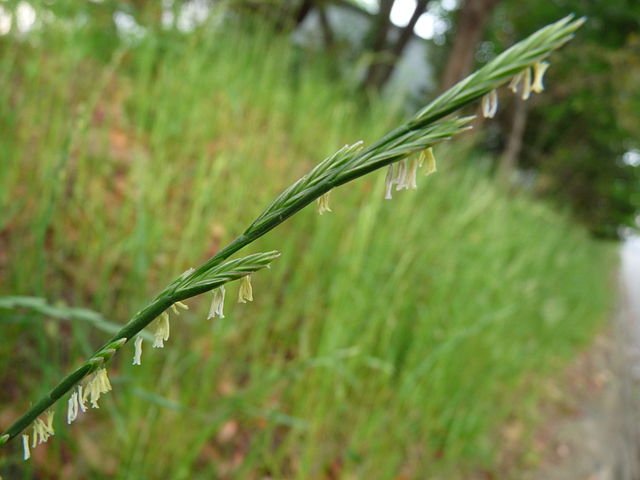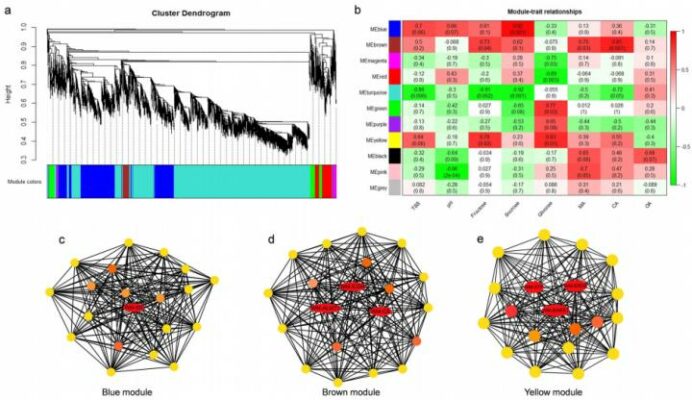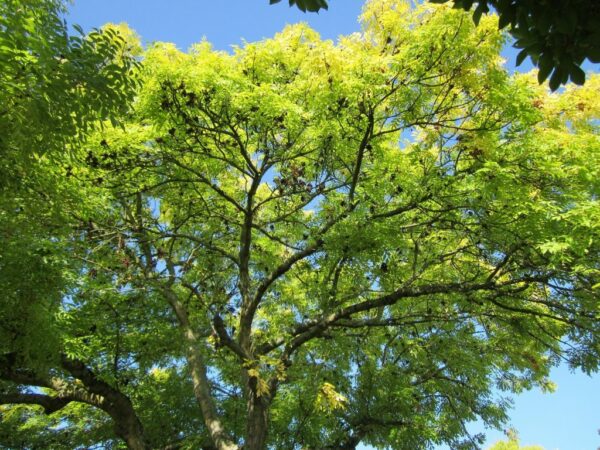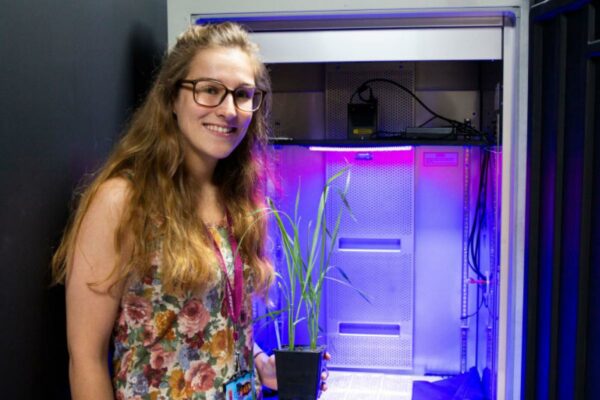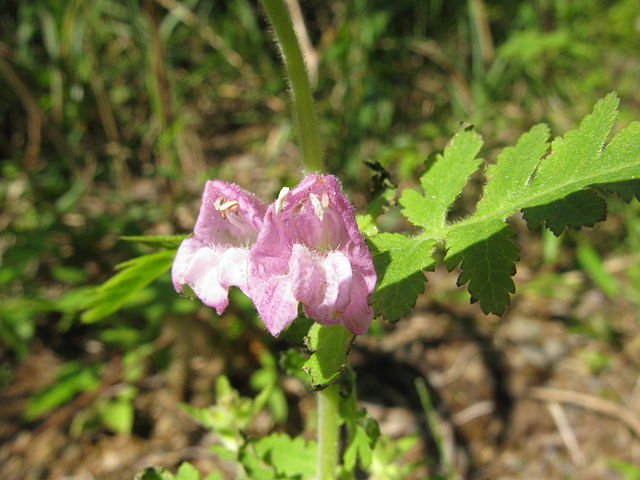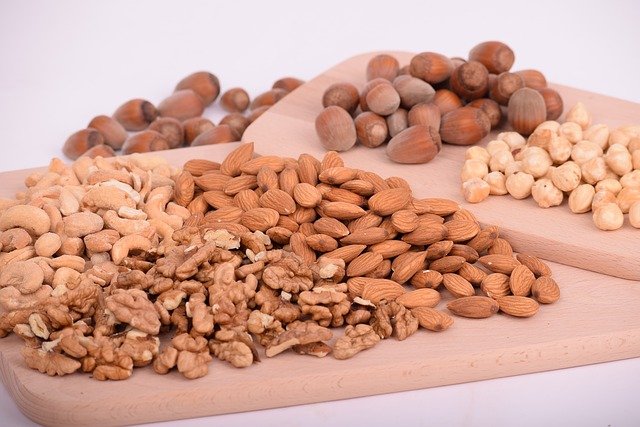
As the world continues to warm, many arid regions that already have marginal conditions for agriculture will be increasingly under stress, potentially leading to severe food shortages. Now, researchers have come up with a promising process for protecting seeds from…
Read More


